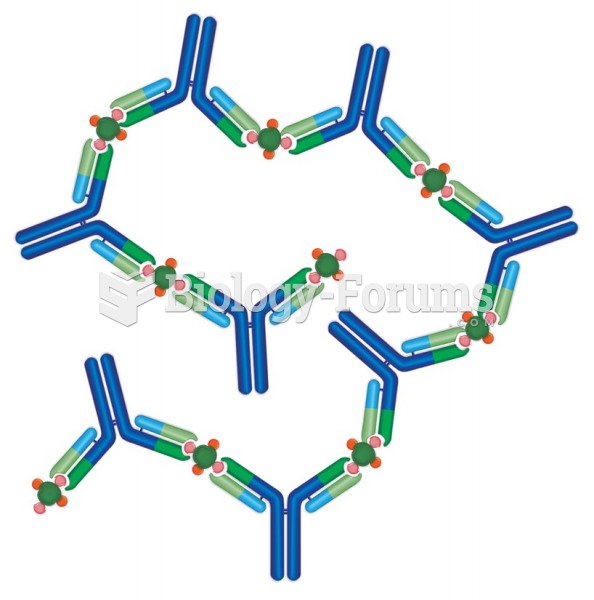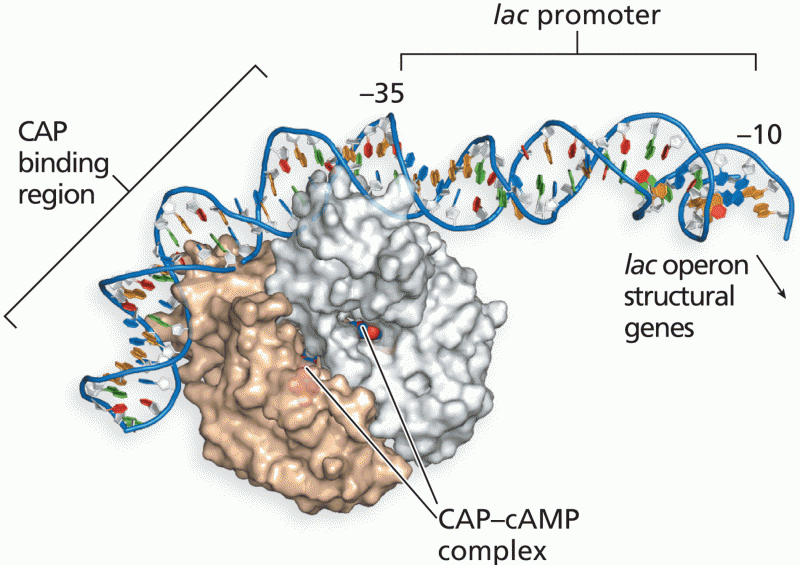Answer to Question 1
The goal of sustainability is challenging and the best approach may be to consider sustainability as a journey that will take time and effort to improve. There was a time when sustainable actions and practices were considered by some organizations to represent increased cost that would have to be absorbed with subsequent lower profit or passed off to customers with higher prices or some combinations of the two. Also, it was assumed by some to mean a loss of efficiency placing organizations at a competitive disadvantage, particularly on a global basis.
In the current economic environment, growing number organizations have conceded that there can be revenue opportunities to offset the costs, especially when sustainability practices are not viewed narrowly as simply recycling and disposal. For example, some organizations have recognized that their consumer packaging practices were not conducive to their objective of achieving sustainability, and made changes which were environmentally friendly and improved efficiency in the supply chain. A well-known example was a change made with the mutual consent of P&G and Wal-Mart to reduce the size of the plastic containers used in the sale of liquid detergents by reducing the water content of the product and making it more concentrated. The consumer had to be convinced that the smaller size bottle would give them the equivalent number of washer loads. Once that was accomplished, the resulting cost reductions in packaging and transportation and the increased efficiency in utilizing space in warehouses and store shelves were notable. It represented a win-win in terms of costs and sustainability. The reduction in unnecessary packaging has become a growing practice among a variety of retail organizations and manufacturers to the benefit of overall environmental sustainability. There are other examples of changes in supply chain practices such as vehicle routing, increased load size, vendor purchasing practices, etc., which have lowered cost and reduced environmental pollution also.
One of the challenges facing organizations is that sustainability has many dimensions. At the most basic level, sustainability requires companies to consider and manage the impact that their supply chain has on both the natural and social environment in which they operate. The latter implies a commitment to social responsibility and may be overlooked since it is usually the most challenging aspect for organizations. For example, the sweat shop labor used by suppliers in underdeveloped countries may be difficult to ascertain. Also, the argument is sometime made by indigenous owners and managers, that overall it is beneficial to the employees even if it could be classified as a sweatshop because they have no alternative employment opportunities. The best-in-class companies do attempt to manage and control both the natural and social and environmental issues on an integrated basis, but it is challenging especially for human rights issues and product life impacts. It is here that collaborative efforts can play a major role as long as everyone is consistent and in agreement as to what the best practices entail. This is particularly true if the approach, suggested above, to sustainability recognizes that it is a journey with a path of continuous effort. The improvement aspect requires the right balance of people, process and technology. With increase in complexity in supply chains, there is a growing need for improved technology to drive innovation, cost reduction and customer service.
The commitment to improve sustainability can follow many different paths including reduced packaging, alternate modes of transportation (rail versus truck), minimizing transport miles, maximizing shipment size, etc., all of which can also lead to increased profits through lower costs. Other sustainability practices such as distributing and using only fair trade products or insuring humane working conditions at supplier factories can encounter organizational resistance because of increased costs. As some individuals note, cost often drives behavior. However, when companies can get customer buy-in (collaboration), can gain a competitive advantage in the market place for such effort. However, it should be noted that skepticism still remains in some quarters as to the financial viability of such efforts.
One successful approach to overcome organizational resistance is to effectuate collaboration in the supply chain. The power of partnerships to establish a joint effort throughout the supply chain among suppliers, producers, customers, logistics service providers, etc. can help make positive changes for mutual benefit of all and the collective approach can often produce more innovation and provide pressure for increased cooperation. The opportunity that today's consumers have for obtaining product information is also becoming an important driver of change and improvement through the social media. Consumers share evaluations and information among each other on a real time basis which is a powerful weapon for many changes including sustainability practices. The information and transparency into organizational practices is a dynamic that cannot be underestimated whether it is about sustainability or racism in organizations.
Answer to Question 2
c







